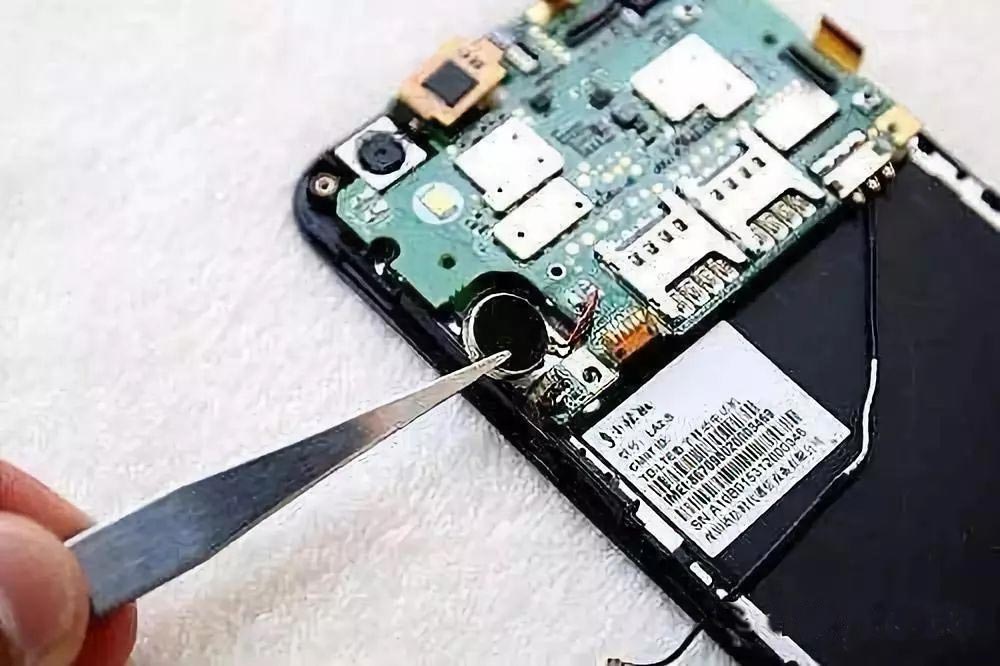I. The structure and development trend of camera modules
Cameras have been widely used in various electronic products, especially the rapid development of industries such as mobile phones and tablets, which has driven the rapid growth of the camera industry. In recent years, camera modules used to obtain images have become more and more commonly used in personal electronics, automotive, medical, etc. For example, camera modules have become one of the standard accessories for portable electronic devices such as smart phones and tablet computers. Camera modules used in portable electronic devices can not only capture images, but also help portable electronic devices realize instant video calls and other functions. With the development trend that portable electronic devices become thinner and lighter and users have higher and higher requirements for the imaging quality of camera modules, more stringent requirements are placed on the overall size and the imaging capabilities of the camera modules. In other words, the development trend of portable electronic devices requires camera modules to further improve and strengthen imaging capabilities on the basis of reduced size.
From the structure of the mobile phone camera, the five main parts are: the image sensor (converts light signals into electrical signals), Lens, voice coil motor, camera module and infrared filter. The camera industry chain can be divided into lens, voice coil motor, infrared filter, CMOS sensor, image processor and module packaging. The industry has a high technical threshold and a high degree of industry concentration. A camera module includes:
1. A circuit board with circuits and electronic components;
2. A package that wraps the electronic component, and a cavity is set in the package;
3. A photosensitive chip electrically connected to the circuit, the edge part of the photosensitive chip is wrapped by the package, and the middle part of the photosensitive chip is placed in the cavity;
4. A lens fixedly connected to the top surface of the package; and
5. A filter directly connected with the lens, and arranged above the cavity and directly opposite to the photosensitive chip.
(I) CMOS image sensor: The production of image sensors requires complex technology and process. The market has been dominated by Sony (Japan), Samsung (South Korea) and Howe Technology (U.S.), with a market share of more than 60%.
(II) Mobile phone lens: A lens is an optical component that generates images, usually composed of multiple pieces. It is used to form images on the negative or screen. Lenses are divided into glass lenses and resin lenses. Compared with resin lenses, glass lenses have a large refractive index (thin at the same focal length) and high light transmittance. In addition, the production of glass lenses is difficult, the yield rate is low, and the cost is high. Therefore, glass lenses are mostly used for high-end photographic equipment, and resin lenses are mostly used for low-end photographic equipment.
(III) Voice coil motor (VCM): VCM is a type of motor. Mobile phone cameras widely use VCM to achieve auto-focusing. Through VCM, the position of the lens can be adjusted to present clear images.
(IV) Camera module: CSP packaging technology has gradually become the mainstream
As the market has higher and higher requirements for thinner and lighter smartphones, the importance of the camera module packaging process has become increasingly prominent. At present, the mainstream camera module packaging process includes COB and CSP. Products with lower pixels are mainly packaged in CSP, and products with high pixels above 5M are mainly packaged in COB. With the continuous advancement, CSP packaging technology is gradually penetrating into the 5M and above high-end products and is likely to become the mainstream of packaging technology in the future. Driven by mobile phone and automotive applications, the scale of the module market has increased gradually in recent years.

Post time: May-28-2021





